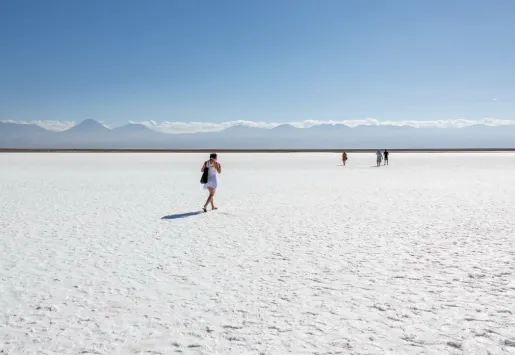
Chile’s National Statistics Institute (INE) released the Employment Bulletin in Tourism Characteristic Activities (ACTs) for the September-October-November rolling quarter of 2020. The number of workers in Chile’s tourism industry dropped by 36.2% to 418,376.
In the previous quarter (August-September-October) the decrease was 38%, thus the next one showed an improvement of 1.9 percentage points, that is, 6,056 more people employed. Currently, ACTs, which include ‘Accommodation and Food Services’, ‘Tourist Transport’, ‘Sports, Recreational and Cultural Activities’ and ‘Other Tourist Activities’ of the National Employment Survey (ENE) represent 5.3% of the total jobs in the national economy.
In this regard, José Luis Uriarte, Deputy Minister of Tourism, pointed out that “evidently, the figure is still very far from what we all would like to see. However, there is an improvement compared to the previous quarter, which is good news,” adding that it is necessary to remember that “the reactivation of tourism represents an opportunity both for those who work in this industry and for those who are related to the different links in its production chain. To function, the tourism industry needs much more than a hostel, a campsite or a travel agency; it also needs a cafeteria or restaurant where tourists can go to eat; it needs a produce shop and a farmer to supply it so that there are fruits and vegetables in those places; it needs fuel to transport those goods and the tourists themselves; in short, it needs much more than a place to visit”.
For her part, Andrea Wolleter, National Director of Chile’s National Tourism Service (SERNATUR), highlighted the work carried out by tourism providers this year. “We have witnessed how the sector has prepared and complies with health protocols and good practice guides that allow them to operate in the different phases of the Step-by-Step Plan, and we value that effort because compliance with these measures will allow us to reactivate our industry. Our invitation is to maintain the joint work that we have carried out to return to being an economic sector that generates employment and contributes to the development of the country’s territories. At this time, the most important thing is to protect people’s health and minimize the risks of contagion so that, when sanitary conditions are present, we regain the determination of our activity,” said Wolleter.
By gender, the report details that 39.1% of those employed in Chile’s tourism are women (163,520) and 60.9% are men (254,855). In the regional breakdown of those employed in the sector, the regions with the lowest decrease in 12 months were Ñuble, Tarapacá and the Santiago Metropolitan Region. On the contrary, those with the strongest decline over the same period were Valparaíso, Atacama and La Araucanía.













